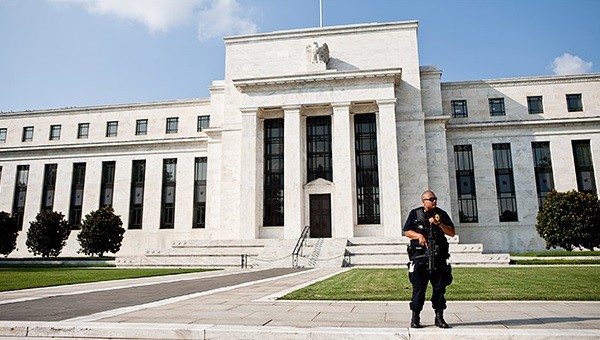US : Two Fed rate hikes ‘conceivable’ in 2016, September in play

KNOXVILLE : The U.S. economy is likely strong enough for at least one interest rate increase before the end of 2016, with two hikes a possibility, Atlanta Federal Reserve Bank President Dennis Lockhart said on Tuesday.
“I would not rule out September,” Lockhart said, citing what he described as ongoing U.S. job gains and “healthy” signs that inflation will pick up as possibly justifying a rate increase at the Fed’s policy meeting next month.
“If the meeting were today I think the economic data would justify a serious discussion,” he told reporters after a speech to the Rotary Club of Knoxville. “It’s conceivable we could have two rate increases this year.”
Earlier on Tuesday, New York Fed President William Dudley also voiced confidence in the economy and said the U.S. central bank might raise rates as soon as its Sept. 20-21 policy meeting after months in which outside risks prompted it to hold back.
In his speech in Knoxville, Lockhart said recent U.S. gross domestic product data overstated weakness in an economy whose fundamentals remain on track for moderate growth through this year and next. He added, however, that he is not locked into a particular date for a rate increase.
The Fed, which raised rates in December for the first time in nearly a decade, is also scheduled to hold policy meetings in early November and December.
BUSINESS INVESTMENT LAG
Lockhart, who is currently not a voting member of the Fed’s policymaking committee, also pointed to a risk he and other Fed officials have given increased attention – the lag in business investment.
He said a rebound in investment is “pivotal” to the ongoing strength of the recovery from the 2007-2009 financial crisis. Lockhart said his staff has been polling businesses and “heard little that would suggest a near-term reversal of the weak trend.”
Lagging business investment not only detracts from economic growth today, but may also weigh on productivity and, in turn, the economy’s potential future growth.
He said he felt a collection of forces were weighing on businesses, from excess capacity to the political uncertainty around events such as Britain’s June 23 vote to leave the European Union and the Nov. 8 U.S. presidential election.
“Given the seeming frequency of risk events, the picture may just be one of decision-makers never getting out of wait-and-see mode,” Lockhart said. “I don’t have direct causal evidence linking weak business investment and current political uncertainty, but it’s possible the election is a factor — maybe not a primary factor — but a factor nonetheless.”
Still, Lockhart said he felt continued job gains and signs that both wages and inflation may have begun to move higher mean he expects the Fed to achieve its employment and inflation objectives sometime next year.
“Early indications of third-quarter GDP growth suggest a rebound. I don’t believe momentum has stalled. I remain confident about prospects in the second half of 2016 and 2017,” he said.





